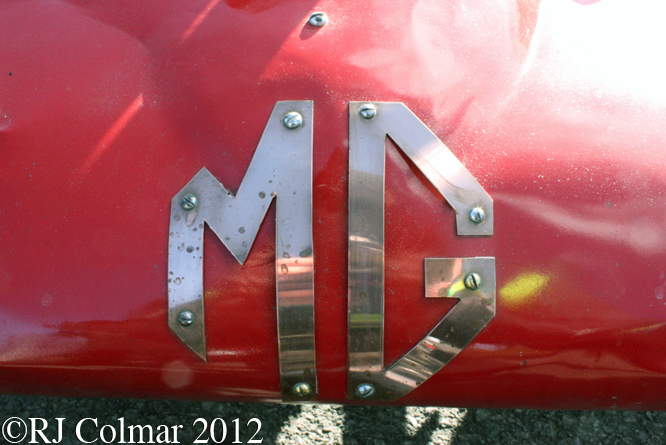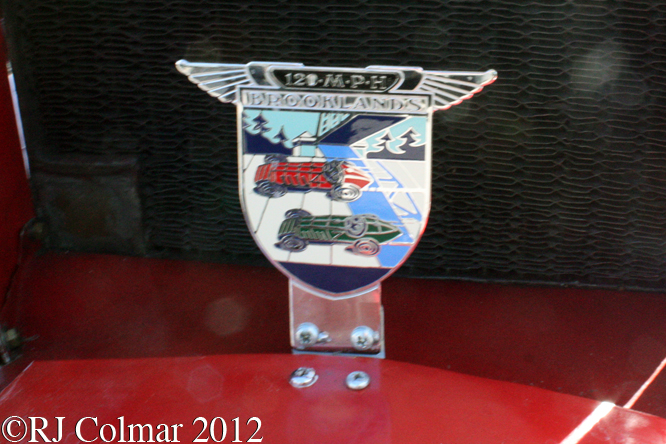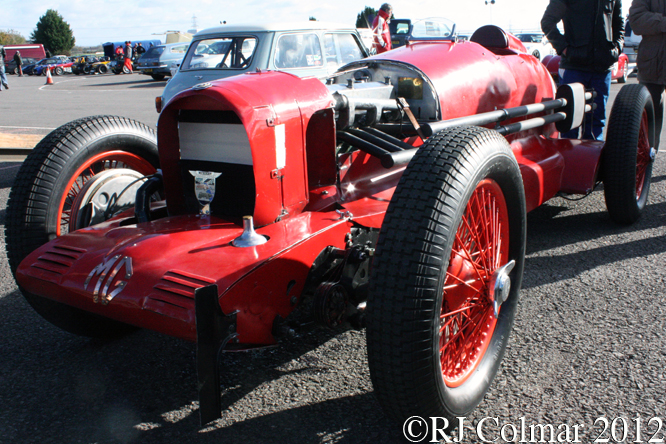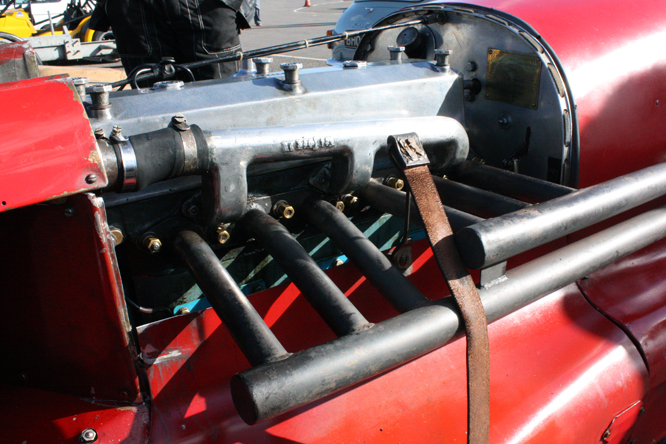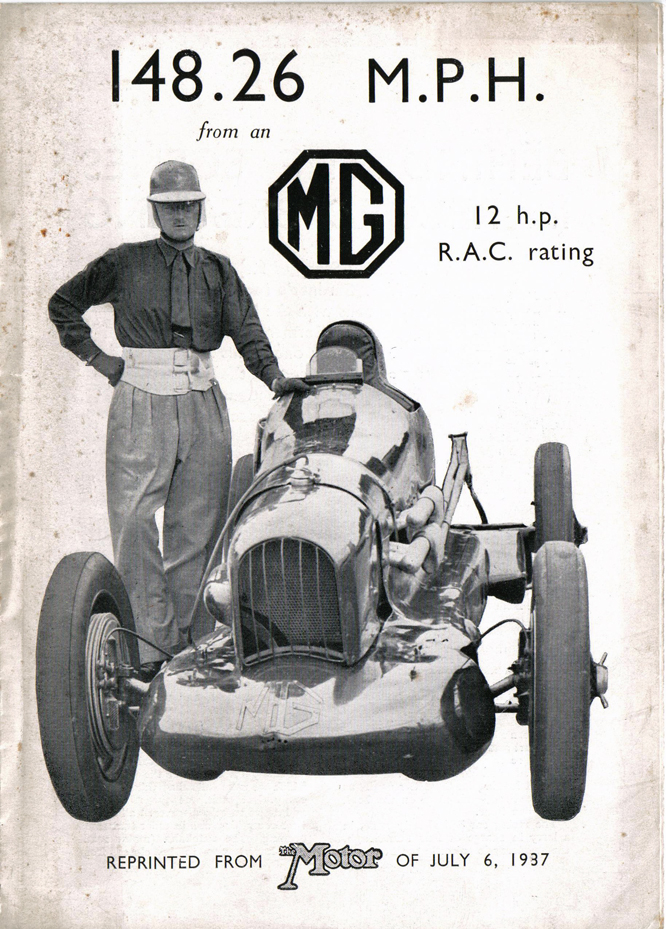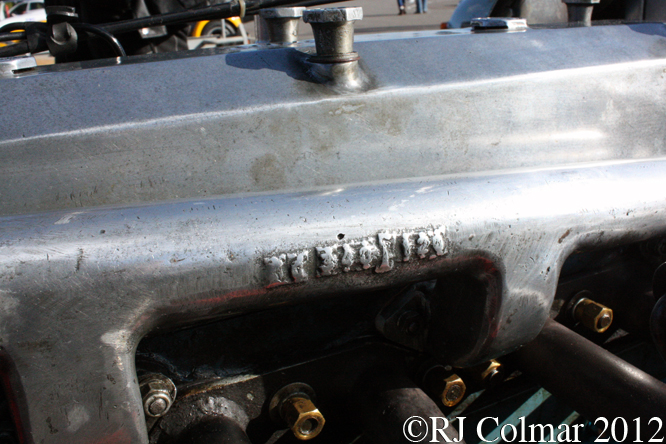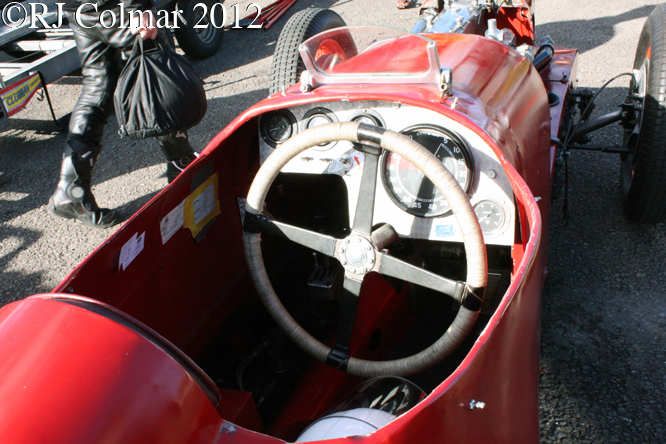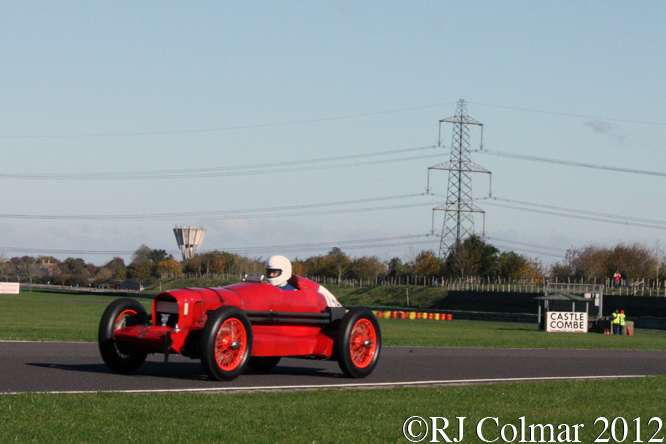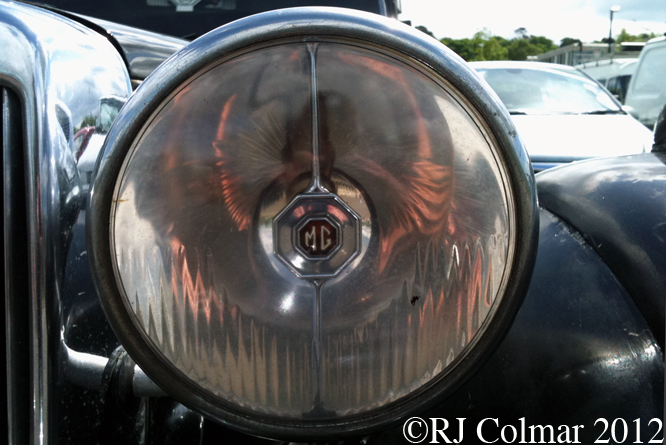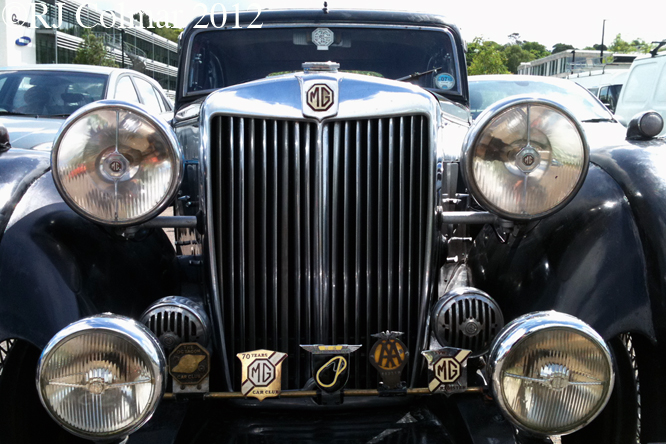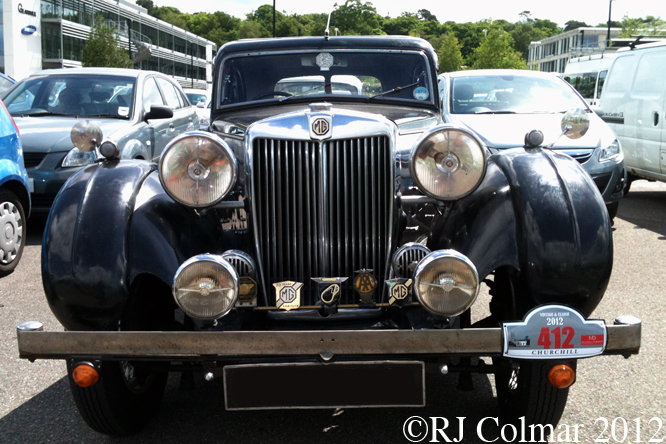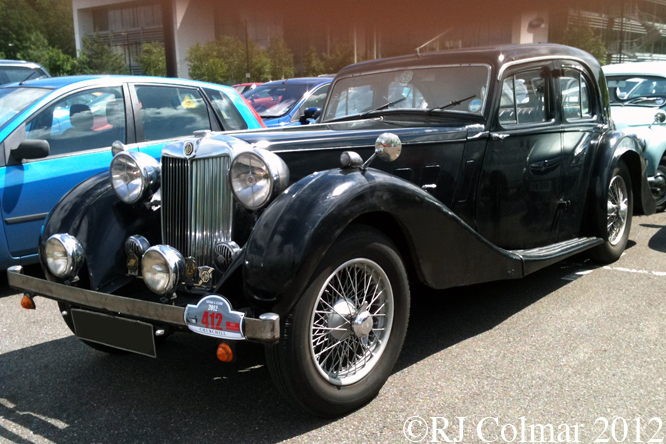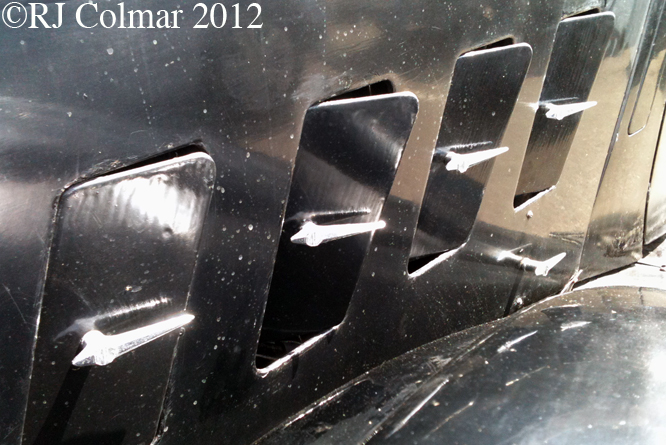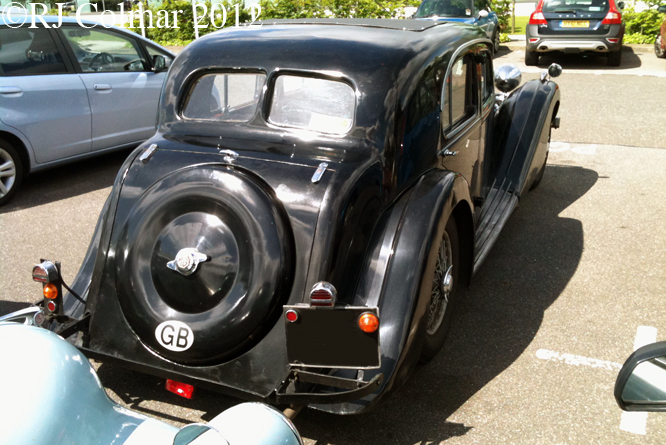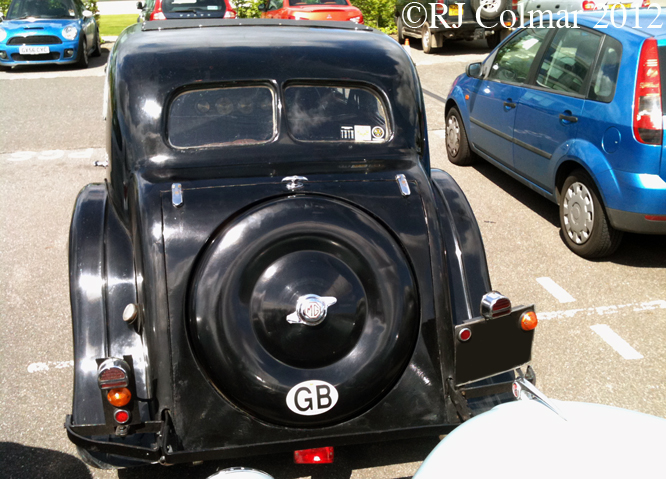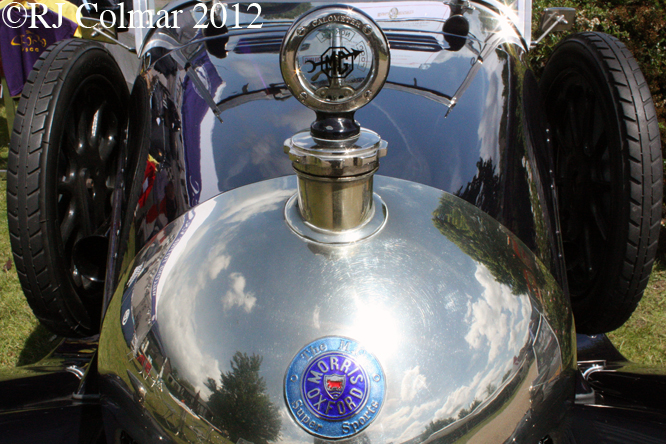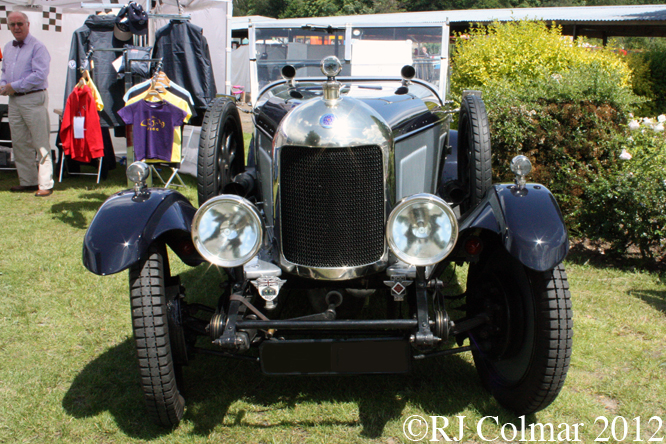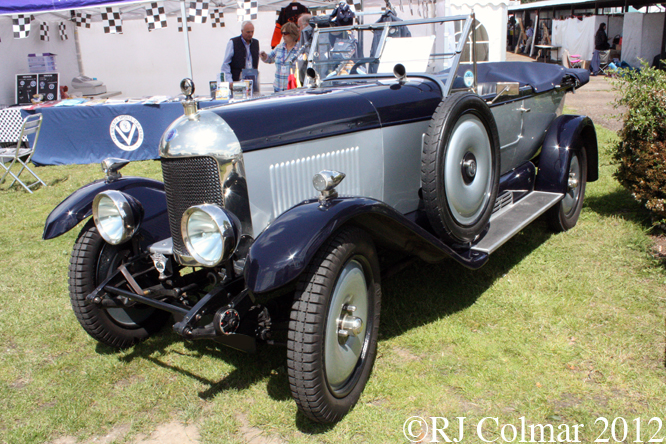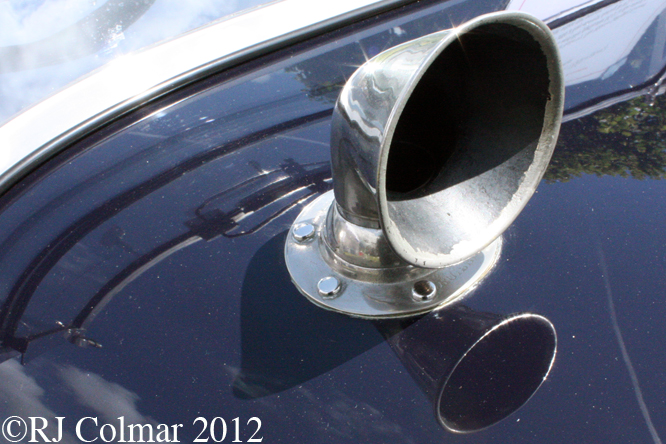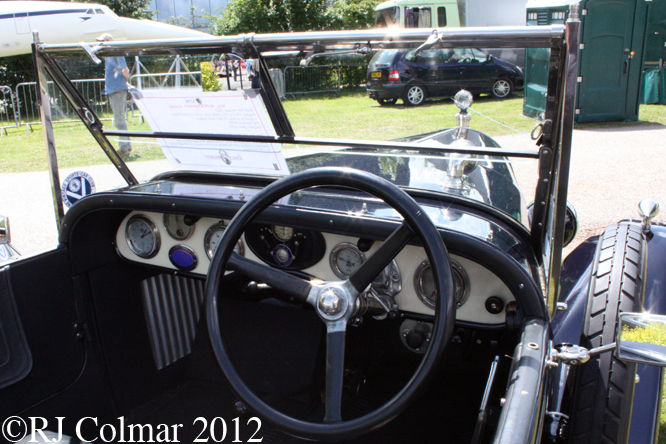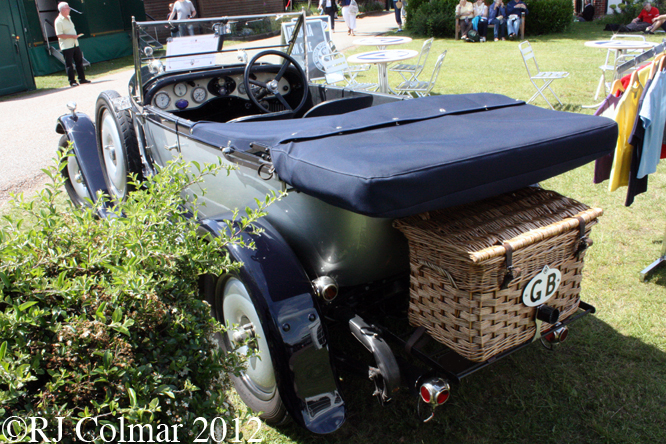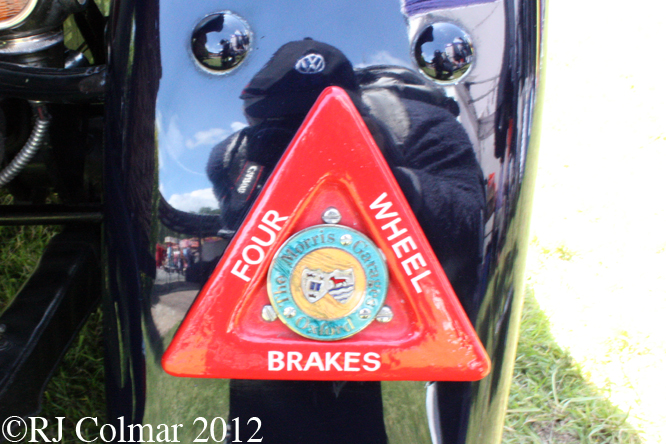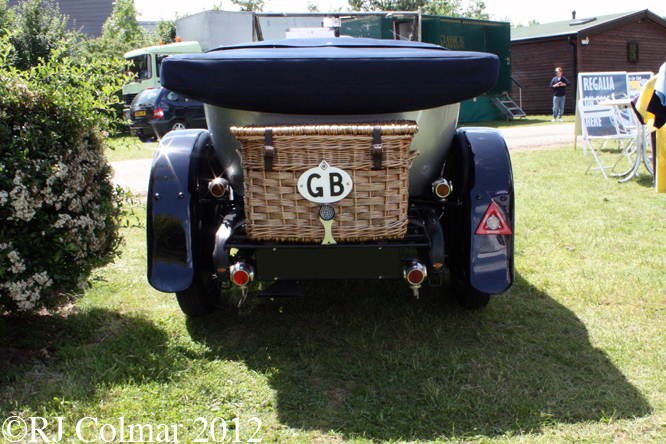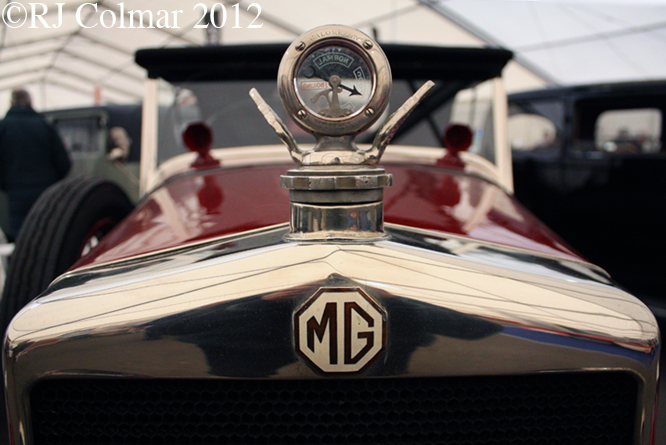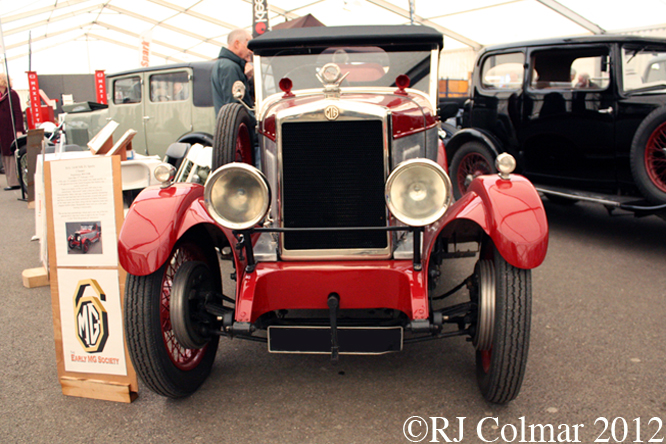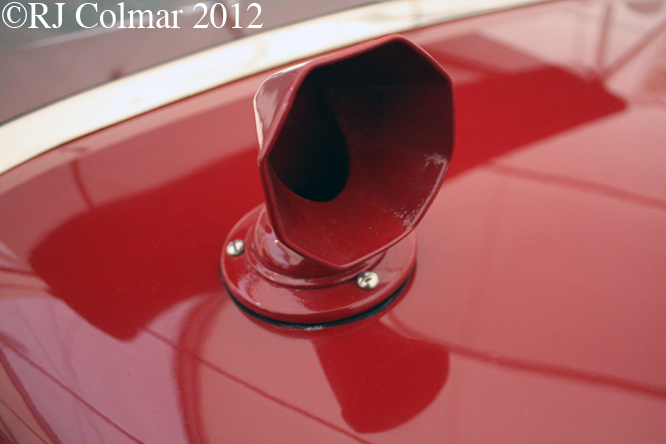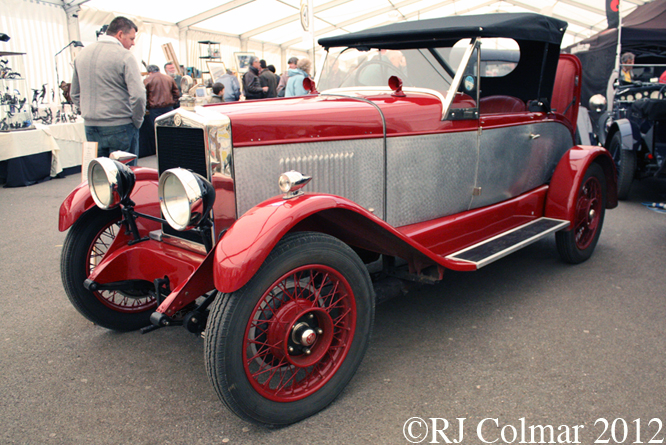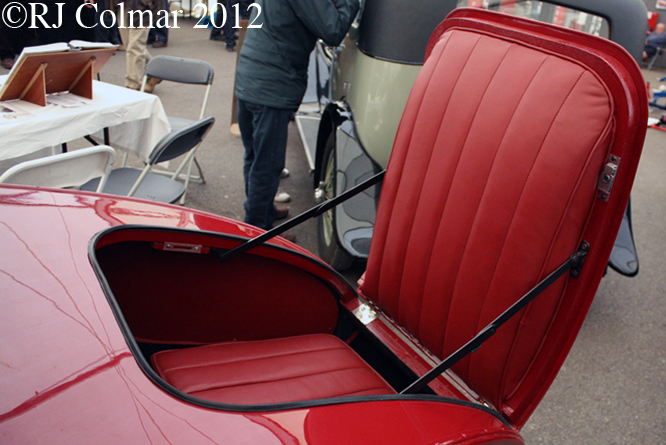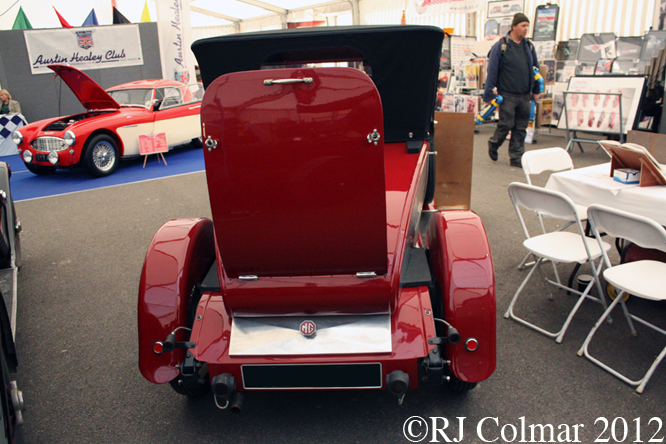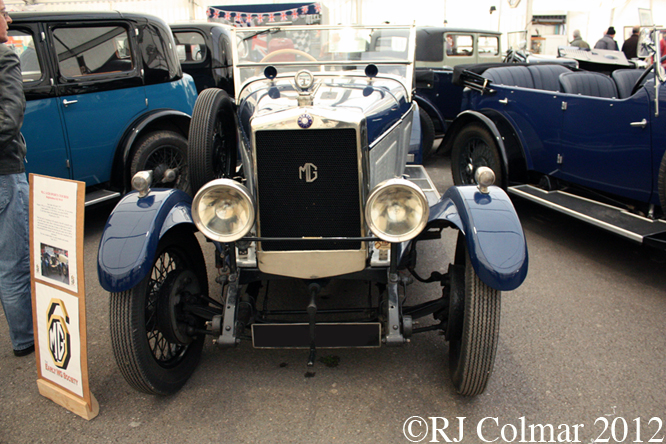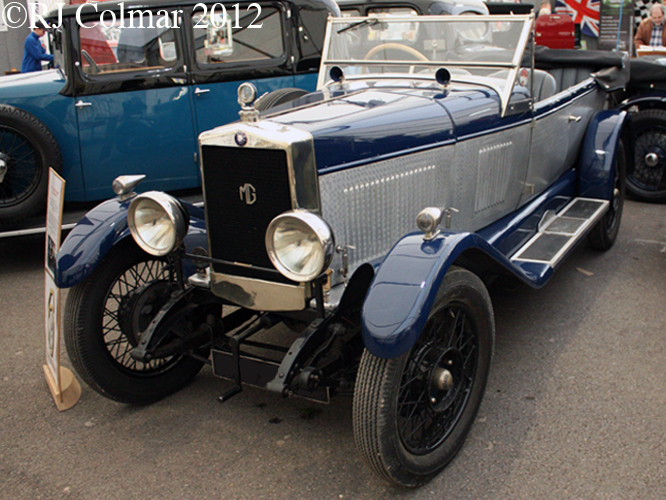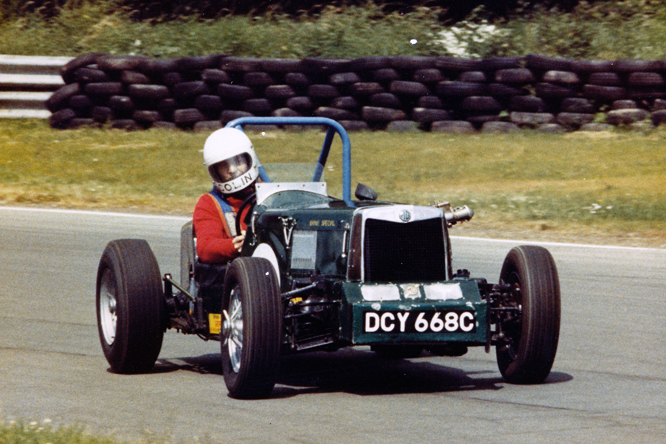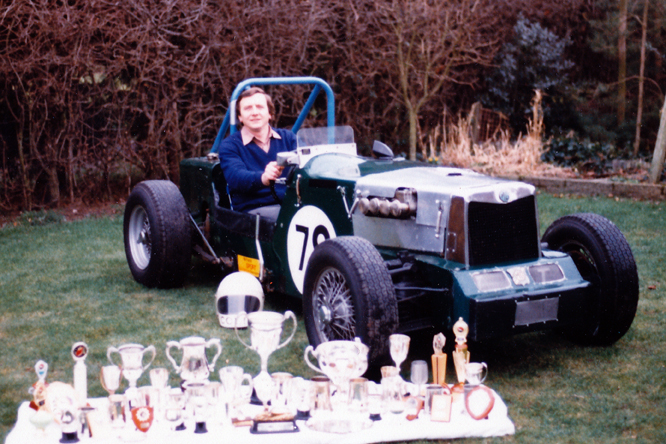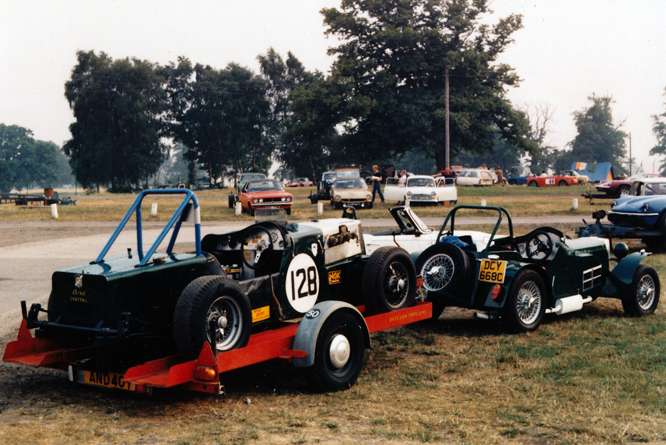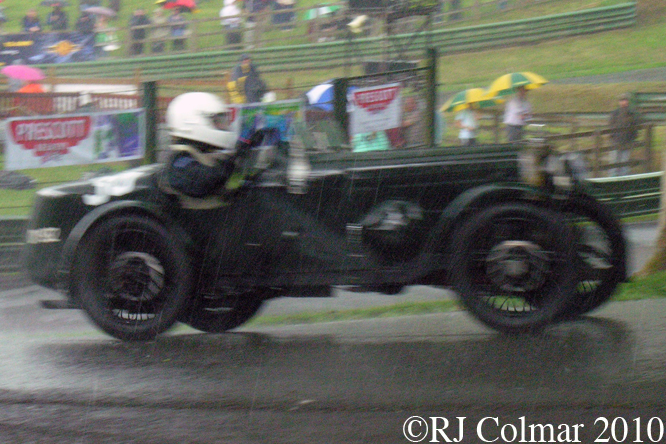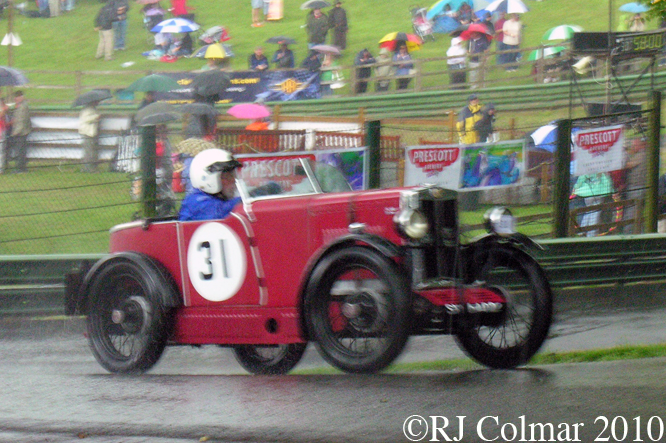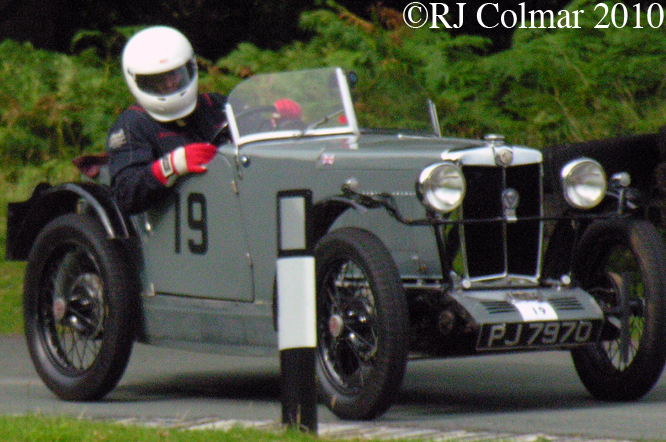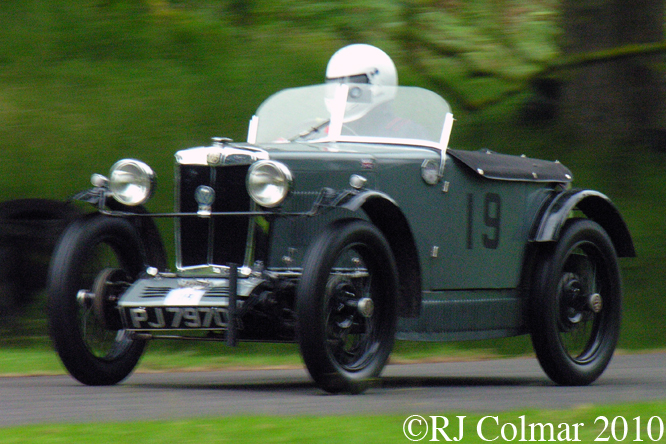In 1933 today’s featured record breaking MG K3 chassis #K3007 was sold new with a two seater body to successful amateur racer Ron Horton who in 1932 had won a British Racing Drivers Club (BRDC) Gold Star, which would be the same as calling him British Motor Racing Champion in today’s terminology.
The car appears to have never been registered for road use but extensively raced and hill climbed. Driving K3007 in 1933 Horton set a 1100cc class Outer Circuit Record at Brooklands of 115.55 mph and class wins on the Shelsley Walsh Hill Climb.
For 1934 Ron Horton had an offset single seat body manufactured by Jensen of West Bromwich and made numerous other upgrades. In March 1934 Ron set six international class records, four of which still stand as British class records, at Brooklands from 50 kms to Hour averaging 117 mph with a best lap average of over 119 mph. Unusually Ron received not only a customary letter of congratulation MG’s Cecil Kimber but also another from Lord Nuffield of Morris Motors Ltd who’s Overhead Cam Wolseley 6 Cylinder motors were supercharged and tuned by MG for use in the K3 model.
Later in 1934 Ron won a Brooklands Whitsun Meeting race at an average speed of over 110mph and set a new 123.88 mph lap record later the same day which earned him the first 120 mph badge given to the driver of a car fitted with 1100cc / 67 cui motor.
In 1935 Goldie Gardener acquired K3007 and had it continually updated, in 1937 he became the first driver to record a one way 150 mph average in an MG at the October Frankfurt Speed Week with a two way class record breaking average of over 148 mph timed over the flying kilometer and mile distances.
In 1939 Gardener had the the motor taken out of #K3007 and fitted in to K3023/EX 135 which had a lower seat thanks to an offset gearbox and had been used by George Easton. Goldie set a 200 mph record with his new bolide. The chassis of K3007 along with the discarded motor from K3023/EX 135 ended up at the Abingdon MG factory and reassembled into a complete car with an ENV Crash gearbox from an MG K1 and sent to Singapore where a contemporary Mercedes Grand Prix single seater style body was fitted for it’s new owner Mic Jennings.
After recording fastest lap in the rain shortened 1940 Johore Grand Prix Jennings was forced to abandon K3007 at Singapore Docks while fleeing the incoming Japanese invasion. A Japanese Imperial Army Officer commandeered #K3007, after which it appears to have been liberated by MG racer Lim Peng Han who broke it up and kept in storage ‘for the duration’. Jennings was offered the car back after the war but declined. The original #K3007 motor was destroyed in a bombing raid during the ’39/’45 war.
In 1969 MG J2 owner Mike Hawke was sent to Singapore with the Royal Navy and secured the very rusty ex K3023/EX 135 motor with a bottle of whiskey without any knowledge of it’s history. The motor had at one point been buried and then been kept at the bottom of the previous owners garden. It was only when Mike started to dismantle the engine that it’s identity became clear.
Having established the identity of his rusty motor Mike recovered the chassis which had the front cut off with the remains being used for a trailer, the ENV gearbox was discovered being used as a door stop at a veterinarian’s surgery.
After many adventures by 1985 Mike had salvaged enough bit’s and pieces to restore #K3007 to something approximating it’s 1934/37 single seat specification and the the car ran for the first time in just over 40 years under it’s own power and has since recorded 125 mph laps at Millbrook.
Mike says he considers himself fortunate to have discovered, recognised and put back together one of the worlds more historic MG’s.
My thanks to Jeremy Hawke for his time and patience retelling the story of the storied K3, found by his father, seen in today’s photographs at the recent Sunlight Textile Services Pegasus Sprint.
Happy Christmas and Best Wishes for the year ahead to all “Gettin’ a li’l psycho on tyres” readers and contributors !
Thanks for joining me on this “150 MPH ex POW” edition of “Gettin’ a li’l psycho on tyres” I hope you will join me again tomorrow when I’ll be looking at the first Formula One car that Peter Connew was involved with. Don’t forget to come back now !

